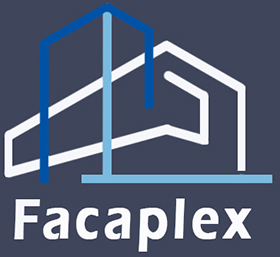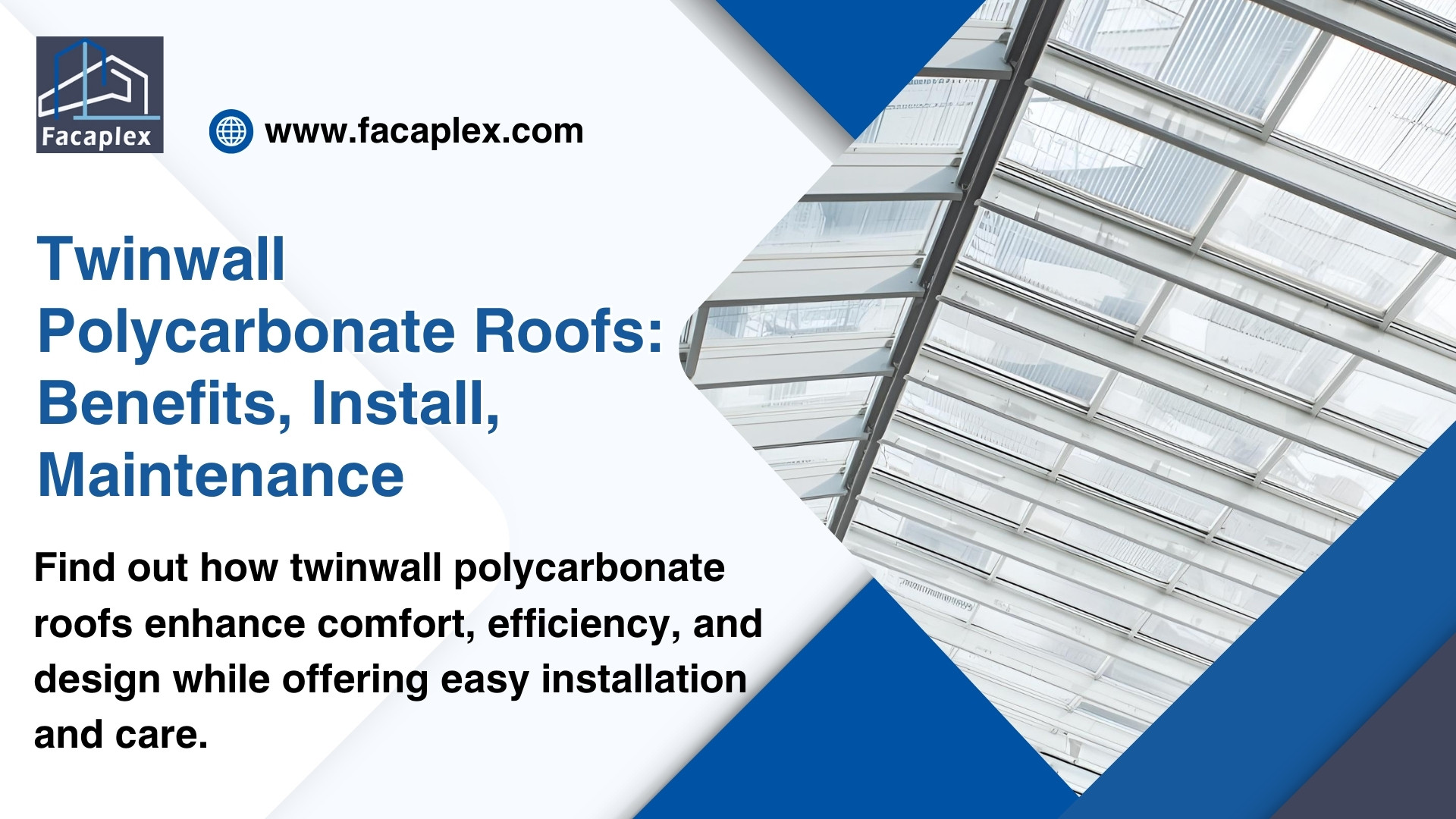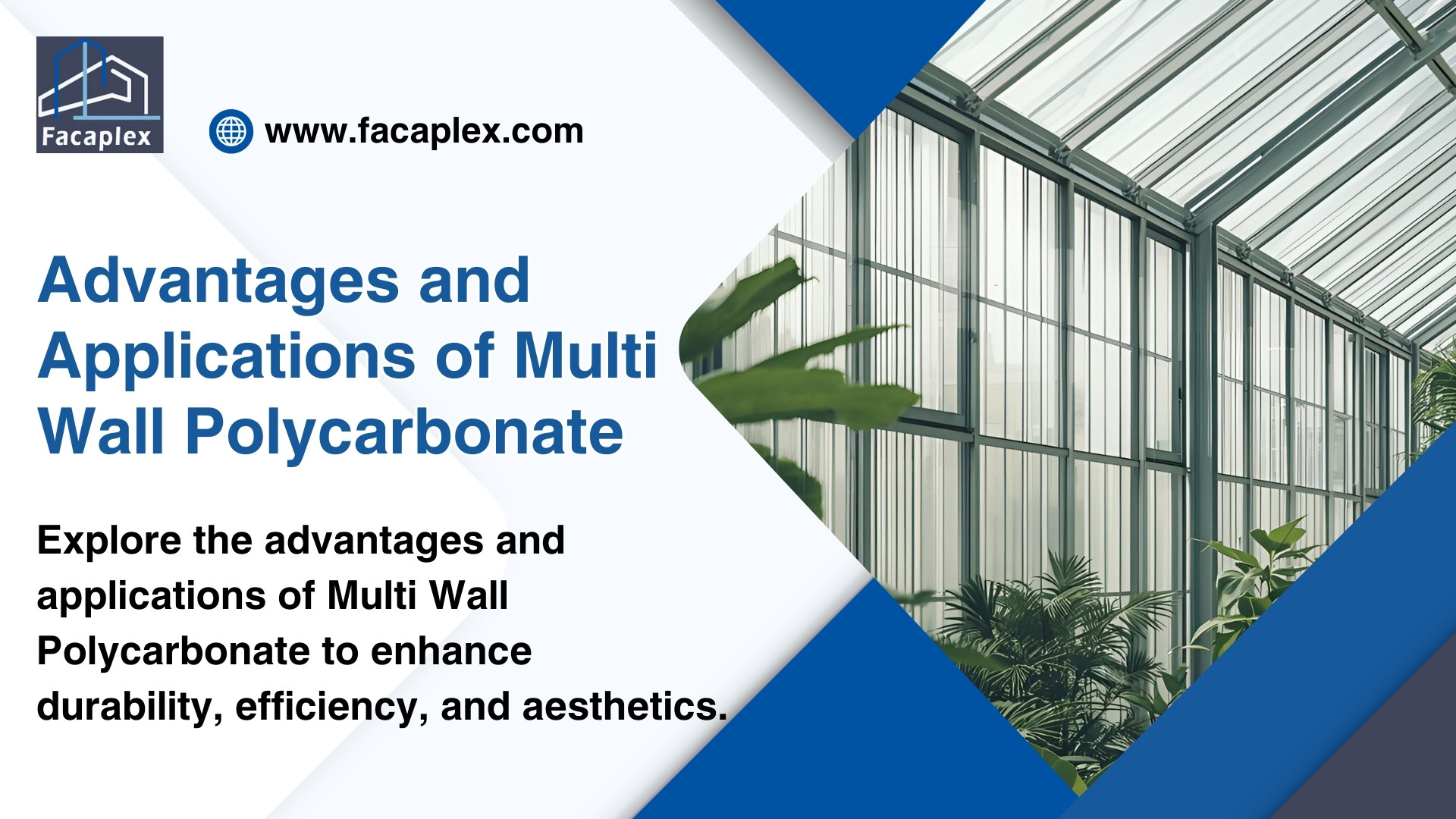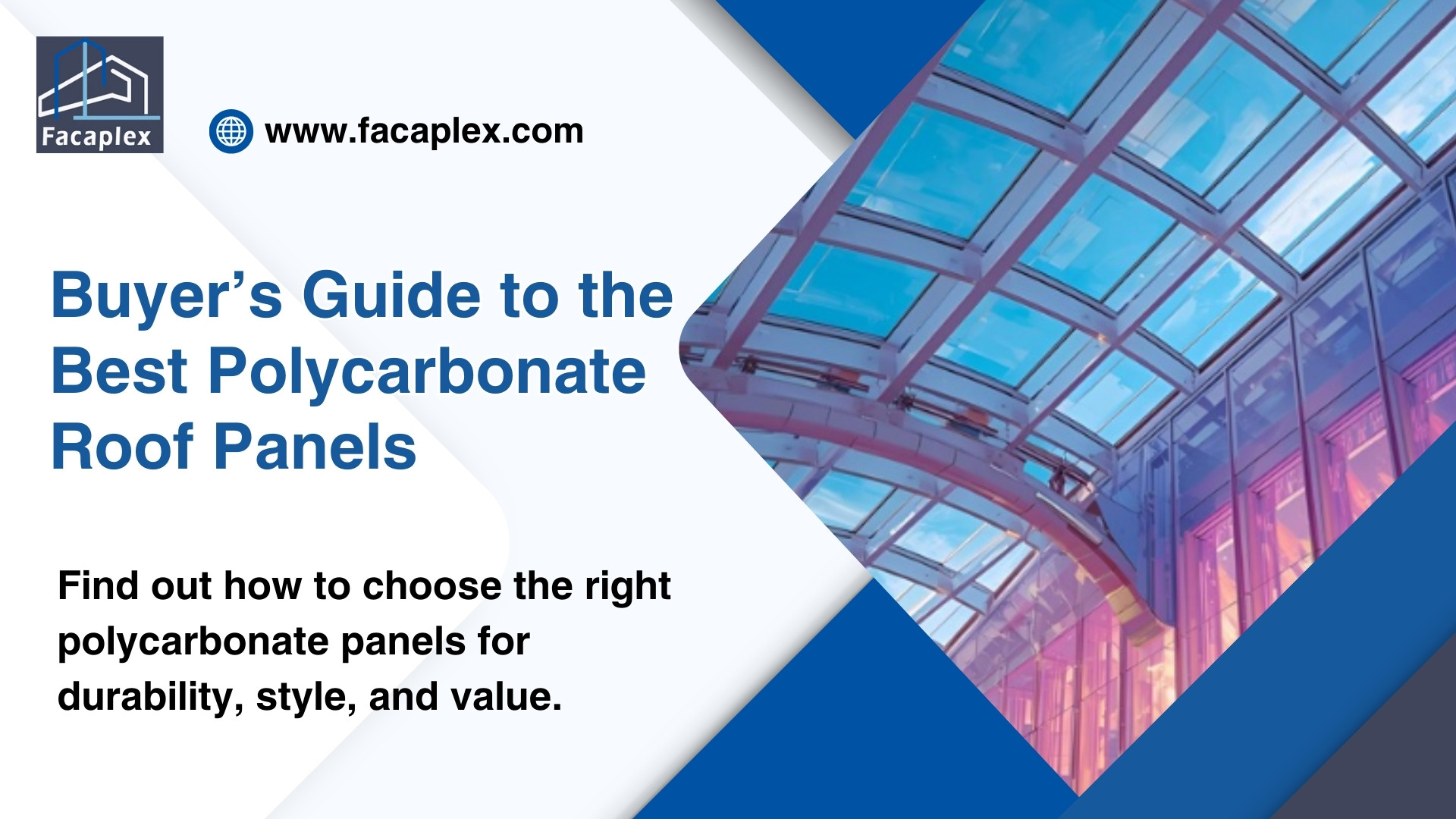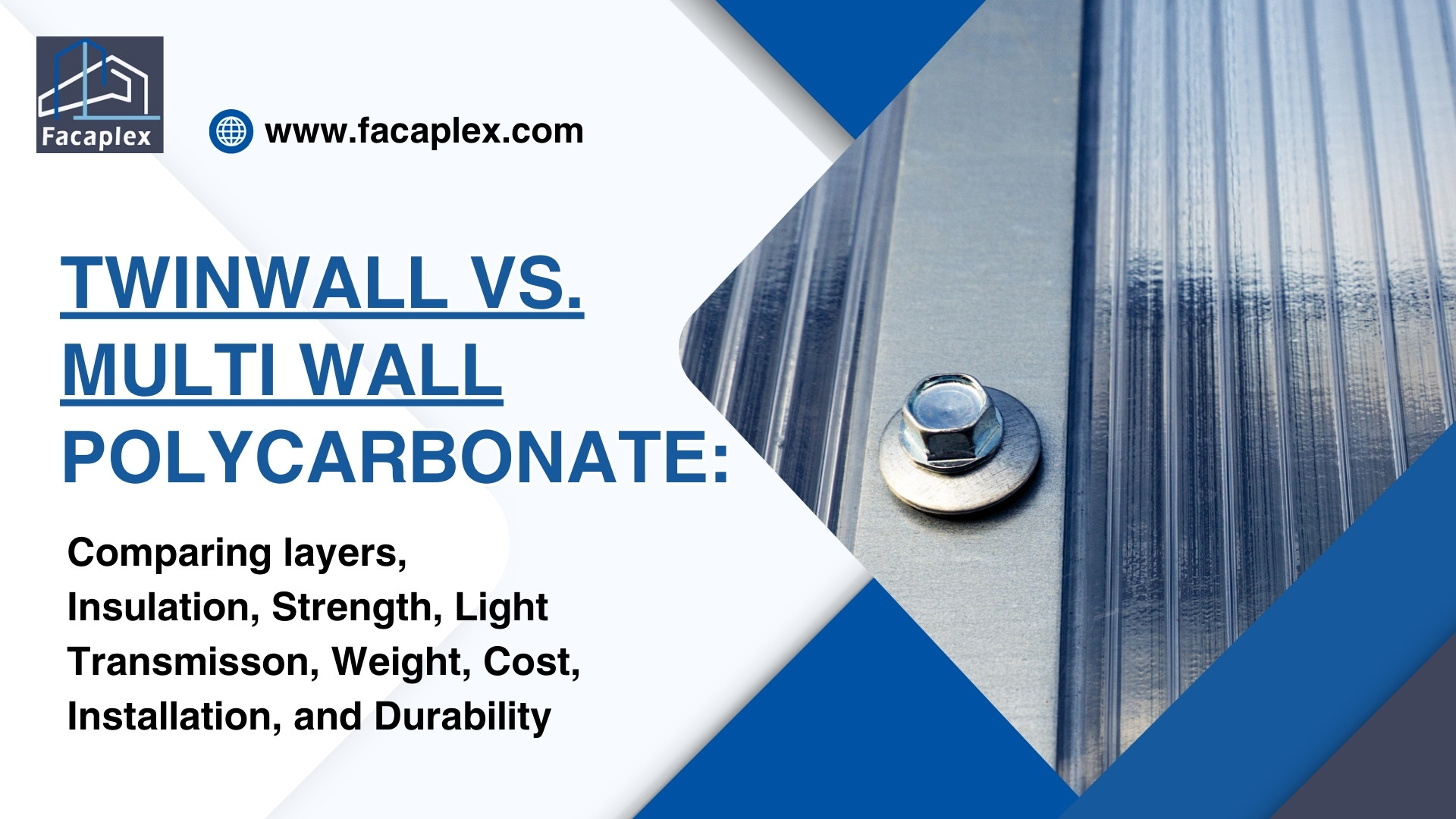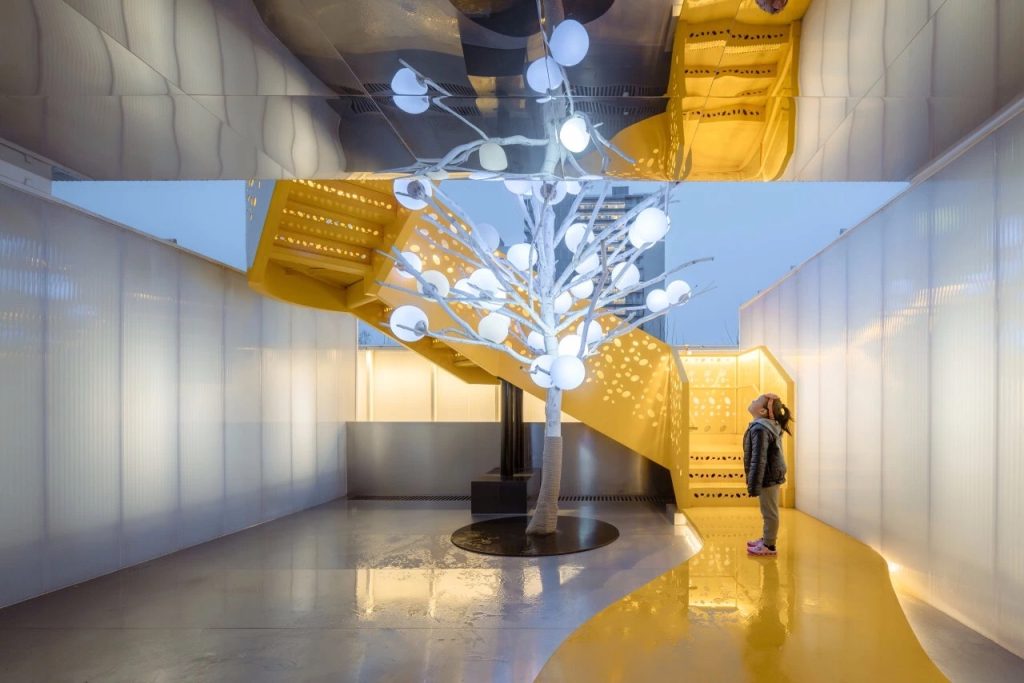Selecting the right polycarbonate facade system starts with a clear understanding of your project’s requirements. You need to evaluate how polycarbonate will perform in your specific application, considering both technical standards and design vision. When you use polycarbonate in architecture, you balance durability, aesthetics, and cost to achieve optimal results.
Polycarbonate offers unique benefits that can transform both the look and function of your building. Focus on products that provide strong performance in insulation, light transmission, and weather resistance. A well-chosen polycarbonate system can elevate your project and deliver lasting value.
Project Needs
Building Type
You should always start by considering the type of building you plan to design. Polycarbonate works well for many building types, including offices, schools, sports centers, and industrial spaces. Each building has unique needs for durability, aesthetics, and safety. For example, a commercial building may require a facade that stands out visually, while an educational building might need more focus on safety and insulation. Polycarbonate offers flexibility, so you can match the system to your building’s function.
Climate & Environment
Climate plays a key role in your facade choice. You need to think about how polycarbonate will perform in your local weather. In hot climates, polycarbonate panels can help reduce heat gain and improve energy efficiency. In colder regions, you can use polycarbonate to boost insulation and keep the building comfortable. Polycarbonate also resists rain, wind, and snow, making it a strong option for many environments. Always check how the material will handle UV exposure and temperature swings.
Design Goals
Your design goals shape the final look and feel of the building. Polycarbonate gives you many creative options. You can use it to bring in natural light, create bold colors, or add texture to the facade. If you want a modern, lightweight look, polycarbonate panels can help you achieve it. You can also use polycarbonate to support sustainable design by choosing recyclable materials and energy-saving systems. Always align your facade system with your vision for the building.
Selection Factors
Light & Daylighting
You can use polycarbonate panels to maximize natural light in your building. These panels allow daylight to enter while diffusing glare, creating a comfortable indoor environment. Many architects choose polycarbonate for its ability to brighten spaces and reduce the need for artificial lighting.
Polycarbonate panels come in different levels of transparency. You can select panels that match your daylighting goals and privacy needs. This flexibility helps you design spaces that feel open and inviting.
Thermal & Acoustic Insulation
Polycarbonate panels provide strong insulation for both temperature and sound. You can keep your building comfortable in all seasons by choosing the right panel thickness and structure. Polycarbonate helps lower heating and cooling costs, making your project more energy-efficient.
You also gain acoustic benefits. Polycarbonate panels reduce outside noise, which is important for schools, offices, and busy urban areas. This insulation supports a quiet and productive environment.
Impact Resistance
You need a facade that stands up to daily wear and tear. Polycarbonate panels offer high impact resistance, making them ideal for areas with heavy use or risk of damage. These panels resist cracking and breaking better than glass or other plastics.
You can rely on polycarbonate to protect your building from accidental impacts and harsh weather. This durability extends the life of your facade system.
Fire Safety
Fire safety is a top priority in any building project. Polycarbonate panels meet strict fire safety standards and often comply with local building codes. You can find panels with fire-retardant properties for added protection.
Always check the fire rating of your chosen polycarbonate system. This step ensures your facade meets all safety requirements and keeps occupants safe.
UV & Weather Protection
Polycarbonate panels provide excellent protection from UV rays and harsh weather. You can use panels with UV coatings to prevent yellowing and maintain clarity over time. This feature helps your facade look new and perform well for years.
Polycarbonate resists rain, wind, and snow. You can trust these panels to protect your building in any climate. This weather resistance supports long-term efficiency and reduces maintenance needs.
Polycarbonate in Architecture

Benefits
You gain many advantages when you use polycarbonate in architecture. This material offers lightweight durability, so you can design facades that last without adding extra weight to your structure. You can easily bend polycarbonate to fit unique shapes, which opens up new architectural possibilities. The high strength-to-weight ratio means you get strong panels that do not weigh down your building.
You also benefit from the versatility of polycarbonate. You can bend polycarbonate to create curves, waves, or even complex geometric patterns. This flexibility lets you explore creative designs that traditional materials cannot match. Polycarbonate in architecture supports sustainable goals because it is recyclable and helps improve energy efficiency.
Applications
You can use polycarbonate in architecture for many types of projects. This material works well for curtain walls, skylights, canopies, and even interior partitions. When you bend polycarbonate, you can create curved facades that catch the eye and let in natural light. Many architects choose to bend polycarbonate for sports centers, schools, and commercial buildings.
You can also use bending polycarbonate to form complex shapes for modern designs. This process gives you more control over the look and function of your facade. Polycarbonate in architecture helps you meet both design and performance needs. You can rely on this material to deliver durability, flexibility, and style.
Comparing Systems
Panel Types
You can choose from several types of polycarbonate panels for your facade. Solid panels give you a glass-like look with high impact resistance. Multi-wall panels offer better insulation and reduce weight. Corrugated panels work well for roofing and add strength. Each type of polycarbonate panels brings unique benefits. You should match the panel type to your building’s needs and design goals.
Thickness Options
You need to select the right thickness for your polycarbonate panels. Thicker panels provide better insulation and sound control. Thinner panels work well for projects where weight matters. For roofing, thicker polycarbonate panels can handle heavy loads and harsh weather. Always check the manufacturer’s recommendations for your project. The right thickness improves both safety and performance.
Framing & Installation
Proper framing supports your polycarbonate panels and keeps them secure. You can use aluminum or steel frames for most systems. Good framing prevents leaks and helps the panels last longer. For roofing, you need to make sure the frame can handle wind and snow. When you bend polycarbonate or use curved designs, choose flexible framing systems. This step ensures a tight fit and smooth finish.
Colors & Finishes
You can pick from many colors and finishes for your polycarbonate panels. Clear panels let in the most light. Tinted or colored panels add privacy and style. Matte finishes reduce glare and create a soft look. For creative projects, you can bend polycarbonate to form unique shapes and patterns. Using colored polycarbonate panels in roofing or facades helps you achieve your design vision.
Practical Tips
Budget & Cost
You need to set a clear budget before you choose a facade system. Polycarbonate panels offer a range of prices based on thickness, type, and finish. Compare the total cost, including installation and long-term savings from energy efficiency.
Supplier Support
Reliable supplier support makes your project smoother. Choose suppliers who provide technical guidance and installation advice. Good support helps you solve problems quickly and ensures you get the right polycarbonate system for your needs.
- Ask about lead times and delivery options.
- Check if the supplier offers after-sales service.
Maintenance
Polycarbonate panels require minimal maintenance. You can clean them with mild soap and water to keep them looking new. Inspect the panels regularly for damage or wear, especially after severe weather.
Sustainability
You can select polycarbonate systems that support green building goals. Many panels are recyclable and help reduce energy use by improving insulation. Look for products with environmental certifications to boost your project’s sustainability profile.
- Choose panels with high recycled content.
- Consider the end-of-life recycling options for your facade.

Common Mistakes
When you choose a polycarbonate facade system, you can avoid many problems by learning from common mistakes. Many architects and builders overlook key details during planning and installation. Here are the most frequent errors you should watch out for:
- Ignoring Climate Factors
You might select panels without considering your local weather. This mistake can lead to poor insulation or fading from UV exposure. Always match the panel type and coating to your climate. - Underestimating Structural Support
Some people use frames that cannot handle the weight or movement of polycarbonate panels. Weak framing can cause leaks or panel failure. You need to follow engineering guidelines for support and spacing. - Choosing the Wrong Panel Thickness
If you pick panels that are too thin, you risk breakage or poor insulation. Panels that are too thick may add unnecessary cost. Review your project’s needs and select the right thickness for safety and performance. - Neglecting Fire and Building Codes
You must check local codes before installation. Using non-compliant panels can delay your project or create safety risks. Always verify fire ratings and certifications. - Overlooking Maintenance Needs
Some people believe polycarbonate is maintenance-free. Dirt, scratches, or seal failures can reduce performance. Schedule regular inspections and cleanings.
| Mistake | Impact | How to Avoid |
|---|---|---|
| Ignoring climate | Poor performance, fading | Choose climate-suited panels |
| Weak framing | Leaks, panel failure | Use proper support systems |
| Wrong thickness | Breakage, high costs | Match thickness to needs |
| Skipping code checks | Delays, safety issues | Verify compliance early |
| No maintenance plan | Reduced lifespan, damage | Schedule regular upkeep |
By staying alert to these pitfalls, you ensure your polycarbonate facade delivers lasting value and performance.
Conclusion
You now have the tools to select the right facade system for your project. Focus on your goals for performance, cost, and design. Polycarbonate in architecture gives you flexibility and durability. Review each step, avoid common mistakes, and trust your expertise. Make choices that support your vision for architecture and deliver lasting results.
